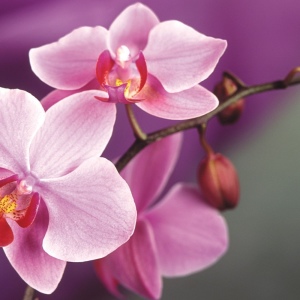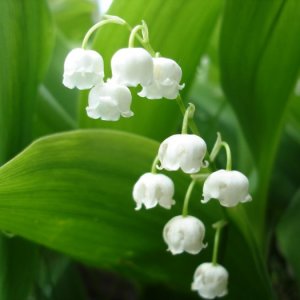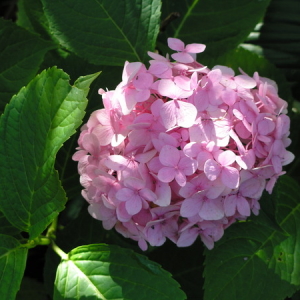Most recently, orchid with his lush flowers was a star on your windowsill, but now all the flowers dried and faltered, the floral shoots became brown and dried. Orchid grows, but does not form new kidneys. Many plants lovers ask why my orchid flower does not bloom anymore? What can I do? In any case, do not throw it away! There is always the reason why your orchid does not bloom. Take advantage of our advice, and your orchid will return with the triumph on the windowsill.
be patient
- Your orchid is in the recreation phase. No orchid will always bloom. Almost all orchids have a fixed rhythm of recreation and growth, therefore, and a certain time of flowering. Most orchids blooms in spring between February and May. Then the phase of the growth of orchids begins.
- In this time, the flower must be fed in accordance with the instructions. Continuous supply of nutrients also stimulates the resumption of flowering. For this, a special orchid fertilizer is used, which is best to enter directly through irrigation water.
- In the fall, the temperature drops. Her decline feels orchids on the windowsill at night. This temperature difference is a starting signal for many orchids. They begin the formation of new flower kidneys.

Temperature is important for Phalaeonopsis
- When buying orchids, you should pay attention to which group of temperature it belongs to. Depending on their origin, they are "heat-loving", "hardened" or "cold-tech". Orchids are sensitive temperatures.
- In nature, her flowers appear with the arrival of autumn, when when the nights become colder. If the orchid (even indoors) does not pass through colder nights, it cannot produce kidneys or blossom.
- If your orchids are on a windowsill, they will be exposed to some extent a natural drop in temperature from the outside. However, this may not be enough to bloom. To fix this, you can put the pots on a balcony.
- If you have all kinds of plants, your living room will be in bloom all year round. Orchids do not need a distinct stage of rest and retain their colors for a long time.

A lot of light, but not direct sunlight
Light - an important factor in the growth of orchids. In a dark place flowers on the plant will not appear. Try to find a brighter place for your orchids. However, the location on the south windowsill extremely unfavorable. If the apartment is only a southern direction the windows, let the flower is located at some distance from the window. The optimal place for the orchid looks like
- The windows on the east or the west;
- Temperature between 20 and 25 ° C;
- Temperature fluctuations at most 2 ° C during the day and 7 ° C between night and day;
- High humidity, as in the bathroom or in the kitchen;
- The absence of drafts.

Give the right amount of water
Nobody likes wet feet, even orchids. They want a middle ground when it comes to watering. Orchids grow on trees in their tropical homeland. They form aerial roots, and then receive energy and moisture from the air. You can also try a similar situation in their living room.

- Instead of the usual watering is recommended to immerse the pot in water and leave it for about ten to thirty minutes. Break varies between waterings one to two weeks, depending on the temperature.
- The soil should never dry out completely, but avoid waterlogging, otherwise the roots will rot and die orchid.
- In addition to the glaze, phalaenopsis sometimes be sprayed soft water. In high humidity areas, such as kitchen, bathroom, or in a greenhouse, this measure is not required. However, the dry heated air should be used every few days sprayer.

damage by pests
Orchids are rarely exposed to pests or bolezney.Obychno enough to provide high humidity and clean the leaves with a damp sponge or rinse under kranom.Eto allows you to check for the presence of flower mites, spiders, insects leaf.
Pests can weaken your orchid so that no longer will develop new flowers. If you notice a pest to combat them should be started as soon as possible.

Do not be afraid to transplant
- Basically, the roots of orchids die from excess irrigation, forcing the leaves to shrink and squeeze. Then the orchid or no longer blooms, or dies.
- Orchids should be transplanted every two or four years after flowering. It was then that the substrate is crumbling and leached.
- Old and dirty roots need to be cut off, remove the old substrate, weaken the root ball and put in the fresh substrate.
- A pot can be old, or in a new and slightly big.

Check out the color of the sheet
- If the orchid does not bloom, it is almost always, because it does not have enough light. One of the best ways to determine the quality of lighting is to check the color of the sheet.
- Healthy orchid should have light green leaves. If the leaves are dark green, this means that the orchid does not receive a sufficient amount of light. Move it into a more illuminated place.
- If the leaves are between green and reddish, orchid gets too much bright light. Move it into a less sunny area.

Be careful when buying orchids
The first impression is crucial. Therefore, explore the condition of the root ball when buying. O. Must be beautiful green and not too wet. If you buy orchid whose kidneys are not completely bloomed, you will soon enjoy exotic flowers.

In principle, it is not difficult to stimulate orchids to new flowering. To do this, it is necessary to obtain information on the specific requirements of each type. Find out whether orchid needs a hibernation or not. Only then can be forced orchid to re-blossom - every year.






























